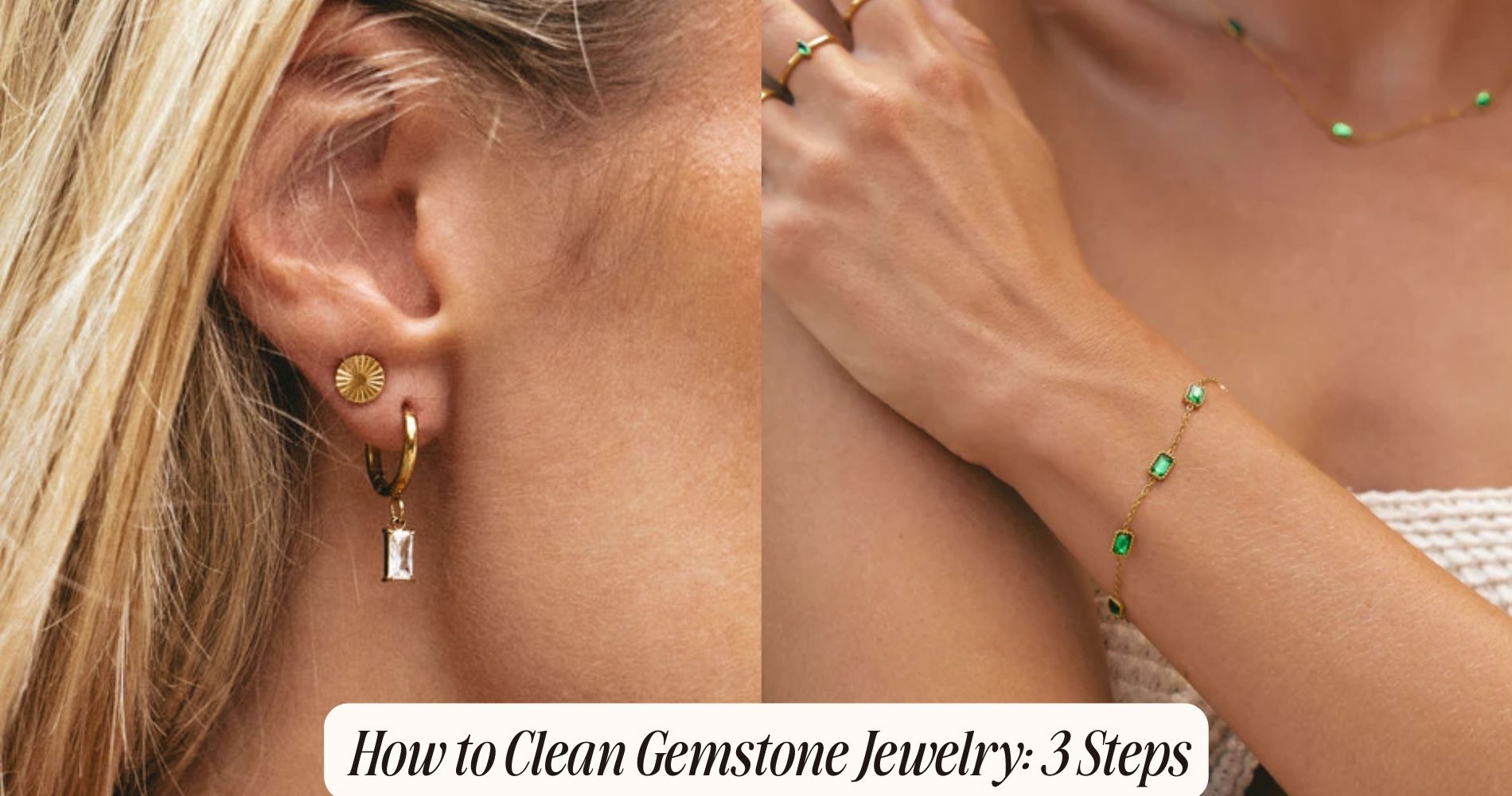
How to Tell If Pearls Are Real: 3 Simple Tests
Learning how to tell if pearls are real can ensure you’re investing in genuine quality. Start with the Tooth Test: rub the pearl against your tooth. If it feels gritty due to the presence of aragonite crystals, it's likely authentic. Next, conduct a Surface Inspection by examining the pearl under magnification. Genuine pearls typically display natural imperfections and exhibit a deep luster from their layered nacre. Additionally, try the Weight Test with a digital scale. Real pearls are denser and feel more substantial than their imitation counterparts. Continue reading for more detailed insights into these verification methods. Discover our Freshwater Pearls Jewelry collection for authentic, high-quality pearls.
The Tooth Test
Rubbing the pearl gently against the edge of your tooth can help determine its authenticity by feeling for a gritty texture. When you perform the tooth test, you're relying on the friction between your tooth and the pearl's nacre layer.
Authentic pearls, made by mollusks, have a nacre composed of microscopic aragonite platelets. These platelets create a distinctive roughness that you can feel as a gritty sensation when the pearl contacts your tooth.
To execute the tooth test effectively, place the pearl against the biting edge of your tooth and move it back and forth. Pay close attention to the texture. Genuine pearls exhibit a slight resistance due to the structure of their nacre layer, while imitation pearls, often made from glass or plastic, feel smooth and lack this unique tooth friction.
The gritty texture is a result of the aragonite crystals in the nacre layer, which are absent in synthetic counterparts.
This test leverages the difference in material composition between real and fake pearls. By understanding the nacre's structure and feeling the subtle tooth friction, you can quickly discern the authenticity of the pearl with a high degree of accuracy.
Surface Inspection
Thoroughly examining the surface of a pearl under magnification can guarantee telltale signs of authenticity through the presence of natural imperfections and unique luster patterns. Real pearls exhibit a subtle, multi-layered luster quality, a result of the nacre layers deposited by the mollusk. Under magnification, you'll observe tiny, irregular ridges and growth marks, indicative of the organic process. These microscopic flaws are a hallmark of genuine pearls, contrasting with the often flawless and uniform surface of imitations.
To assess luster quality, observe how light interacts with the pearl's surface. Authentic pearls reflect light in a deep, complex manner, a phenomenon known as orient. This is due to the varying thicknesses of nacre layers. Synthetic pearls, typically coated with a single layer of substance, lack this depth and exhibit a more superficial shine.
Another critical factor is nacre thickness. By inspecting the drill hole of a pearl, you can estimate the nacre depth. In real pearls, you'll see a gradation of layers, whereas faux pearls reveal a stark boundary between the coating and the core. Recognizing these characteristics guarantees you accurately determine the authenticity of pearls through surface inspection.
The Weight Test
While surface inspection provides valuable insights into a pearl's authenticity, the weight test offers another scientific method to discern real pearls from imitations. Real pearls possess a higher density compared to most synthetic counterparts like glass or plastic.
To perform the weight test, you'll need a precise digital scale and a comparative sample of known real pearls. First, weigh the suspect pearl and note its mass. Next, weigh a genuine pearl of similar size and shape. For accurate density comparison, make sure both pearls are of comparable dimensions.
Real pearls will demonstrate weight consistency, falling within a narrow range of variance when compared to each other. If the suspect pearl is noticeably lighter or heavier, it's likely an imitation.
In addition to individual weight, consider the pearl's heft in your hand. Real pearls, due to their nacre layers, feel substantial for their size. Imitations often lack this characteristic density, feeling disproportionately light.
Frequently Asked Questions
How Can I Care for My Pearl Jewelry to Keep It in Good Condition?
To maintain your pearl jewelry's luster, employ proper storage in a soft cloth bag. Utilize gentle cleaning methods, like wiping with a damp cloth. Avoid chemicals and abrasives, as these can degrade the nacre over time.
Are There Any Professional Services That Can Verify the Authenticity of Pearls?
You can verify the authenticity of pearls through a jewelry appraisal. A gemologist consultation involves scientific analysis, including X-ray examination and magnification, ensuring accurate assessment of your pearls' origin and quality.
What Are the Common Types of Fake Pearls?
You often encounter glass pearls and shell pearls as common types of fake pearls. Glass pearls mimic the luster by coating glass beads, while shell pearls are made from crushed shells, then shaped and polished.
Can Real Pearls Come in Different Colors or Shapes?
Yes, real pearls exhibit color variations and shape diversity due to environmental factors and mollusk species. You'll find natural hues from white to black and shapes ranging from perfectly round to baroque, reflecting their organic formation processes.
How Do Freshwater Pearls Differ From Saltwater Pearls?
Freshwater pearls form in mussels, often yielding multiple pearls per harvest, making them less costly. In contrast, saltwater pearls form in oysters, typically producing one pearl per harvest, leading to higher prices.
Conclusion
You've now got three reliable methods to establish a pearl's authenticity.
The Tooth Test involves gently rubbing the pearl against your teeth; a genuine pearl will feel gritty.
Surface Inspection requires a close look under magnification to spot the natural irregularities.
Finally, the Weight Test compares the heft of the pearl against synthetic ones, with real pearls generally being heavier.
Employing these tests guarantees you're evaluating pearls with precision and accuracy.






















Leave a comment
This site is protected by hCaptcha and the hCaptcha Privacy Policy and Terms of Service apply.